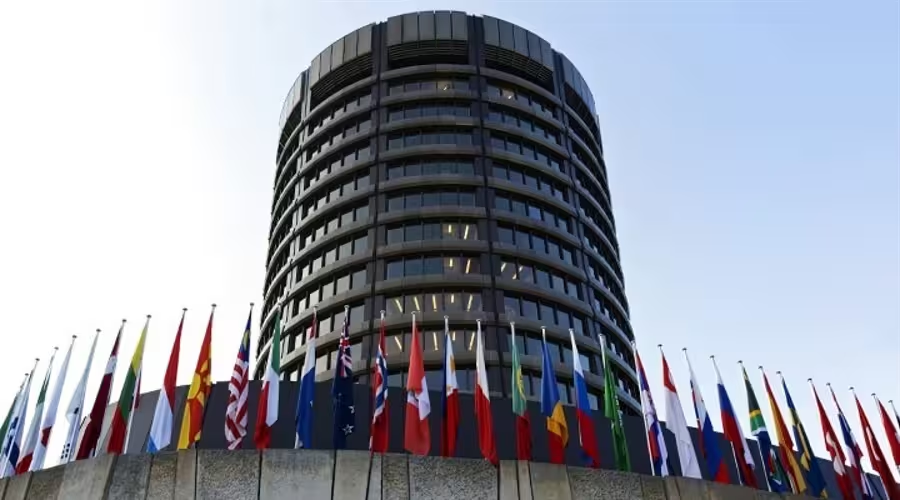The Basel Committee on Banking Supervision has confirmed the approval of a final disclosure framework, which includes a standardised set of tables and templates for banks to report their crypto asset exposure, the organisation announced yesterday (Wednesday).
A Proper Disclosure Framework
The decision was finalised as the organisation met virtually on 2 and 3 July to discuss various policy and supervisory incentives. The framework will be published later this month and will be effective from 1 January 2026.
At its July meeting, the #BaselCommittee approved a disclosure framework for banks’ cryptoasset exposures and agreed to make targeted amendments to its cryptoasset standard #BaselIII https://t.co/D62XJBuuc7 pic.twitter.com/VHYvHepvXA
— Bank for International Settlements (@BIS_org) July 3, 2024
The disclosure framework was originally proposed in December 2022 and opened for comments in May 2023. It includes a set of target amendments to the original proposal and revisions to the prudential standard for stablecoin holdings.
“These revisions aim to further promote a consistent understanding of the standard, particularly regarding the criteria for stablecoins to receive a preferential ‘Group 1b’ regulatory treatment. The updated standard will be published later this month, with an implementation date of 1 January 2026,” the official announcement stated.
The committee has been evaluating banks’ exposure to cryptocurrency since 2019. In 2021, it suggested categorising crypto in its high-risk Group 2 assets, assigning it a 1,250% risk weight. This would necessitate banks to hold capital equivalent to the value of their crypto exposure. Additionally, Group 2 holdings would be limited to less than 1% of the value of their Group 1 holdings.
Stablecoins were assigned a new 1b designation, exempting them from additional requirements beyond those for Group 1 assets. However, stablecoins with “ineffective stabilisation mechanisms” were placed in Group 2. The proposed restrictions received a lukewarm response from the industry.
Evaluating the Risks
The organisation’s members further discussed the prudential implications of banks as potential issuers of tokenised deposits and stablecoins. The scale and stability of such products depend in part on their specific structure and judicial laws and regulations.
“Based on current market developments, these risks are broadly captured by the Basel Framework,” the announcement added. “The Committee will continue to…
























